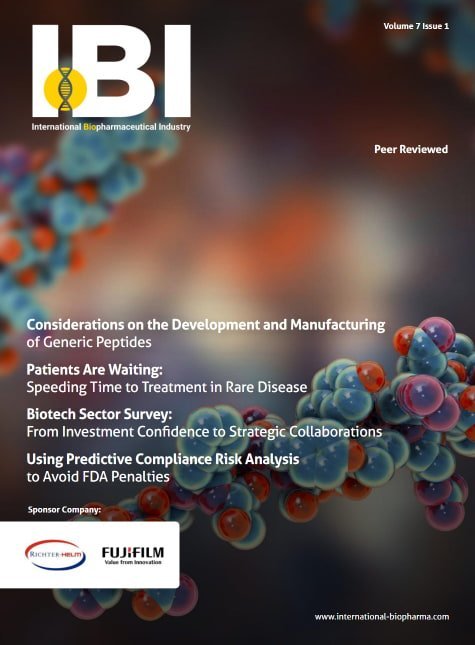
- Moody’s foresees a “rising level” of M&A in the pharmaceutical industry as companies search for ways to offset pricing inflexibility, patent expirations and other challenges.
- More than a dozen of the industry’s largest players are in a good position to do deals, according to the credit rating agency. M&A capacity is particularly high for five companies — Amgen, Biogen, Bristol-Myers Squibb, Gilead and Novo Nordisk — due to the amount of cash and investments they have on hand, as well as their “moderate” debt-to-earnings ratios.
- As for targets, Moody’s expects cancer drugs and gene therapies will continue to capture industry attention and investment. The past 12 months alone have seen the acquisitions of Celgene, Loxo Oncology, Nightstar Therapeutics, Peloton and Spark Therapeutics.
Just weeks into 2019, analysts and market researchers were already forecasting another active year for biopharma M&A.
The catalysts for dealmaking, they argued, were plentiful. Pushback from Congress and consumers over the high cost of prescription drugs meant companies couldn’t rely as heavily on pricing increases to fuel growth. There were also blockbuster products that had either lost or could soon lose patent exclusivity, threatening near-term revenue.
And with the industry lamenting lower returns on R&D, the thinking went that large companies would pursue acquisitions as a more money-conscious way to fill their pipelines or portfolios.
Moody’s found that six months into the year, those themes are still at play.
The credit rating agency also found plenty of money to do deals. In a report released Thursday, it identified $195 billion worth of cash holdings across 22 large pharma and biotech companies in the U.S., Europe and Japan. More cash may become available too through the U.S. Tax Cuts and Jobs Act.
Yet not all companies are primed for dealmaking. Eight drugmakers on Moody’s list of 22 have “low” or “minimal” M&A capacity, including Allergan, Sanofi, Mylan and Teva.
Regardless of capacity, potential acquirers may face competition when trying to lock down a deal, especially if the seller is working in hot therapeutic areas like targeted cancer drugs or cell and gene therapies. Biotechs in general have also been going for hefty premiums.
“Many potential acquirers view the valuations as too high, especially considering the R&D risks associated with pipeline stage assets,” Moody’s wrote in its report. “Such risks are exemplified by AbbVie’s 2016 acquisition of Stemcentrx Inc. for approximately $5.8 billion, followed by an intangible impairment charge of $5.1 billion at year-end 2018.”

























